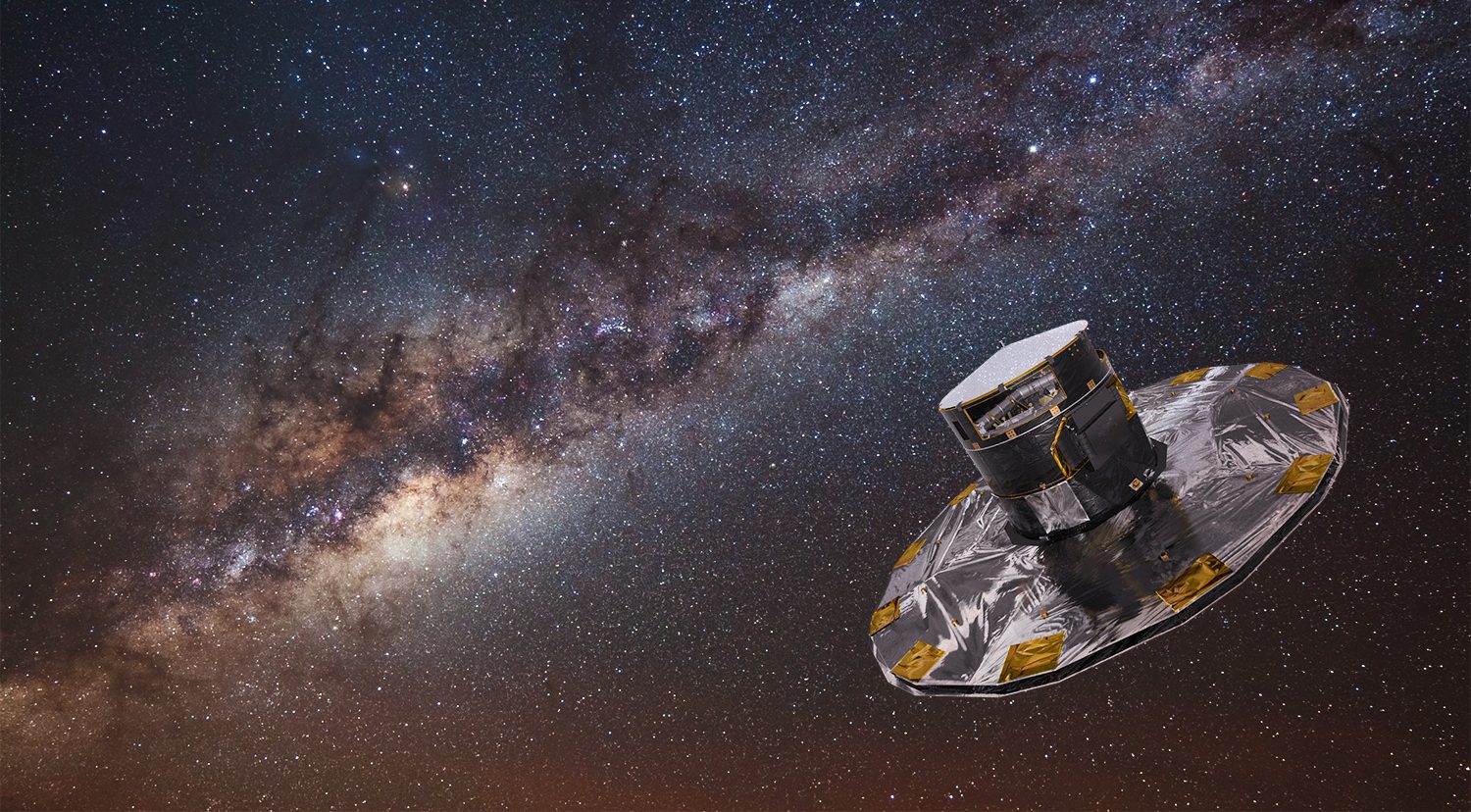The Milky Way is so huge that the human imagination cannot possibly depict it. Our galaxy measures roughly 100,000 light-years in diameter, meaning that it’s so big that nobody would ever be able to go from one of its edges to another during a human lifetime. Even so, some of the inner structures of Milky Way are still astonishing astronomers.
One of those structures is the open cluster NGC 2516 (aka the Southern Beehive), a stream of stars so large that it measures a minimum of 1,600 light-years from tip to tip, meaning the equivalent of 500 parsecs. The news comes from the SciTechDaily publication, and it also released a relevant video:
Thanks to a machine-learning algorithm that has been using data from the Gaia satellite, it was found that some stars had some intriguing and common characteristics. This led to the conclusion that they must be part of the same cluster.
Gaia is more powerful than expected
Luke Bouma, who’s a graduate student in astrophysical sciences and the lead author on an upcoming study paper, declared:
What’s so surprising about this work – what’s so exciting – is that we confirmed that Gaia, because it really precisely measures the positions and the motions of stars, can find these ‘needles in the haystack’ of the Milky Way,
Gaia can identify all the stars that are moving in the same direction, at the same rate. And we don’t have to just trust the machine learning algorithm saying that they’re related – we can verify it with TESS data, using our gyrochronological technique.
The James Webb Space Telescope is expected to be launched in late 2021, and it’s part of the next-generation telescopes. The gear will be capable of taking a better look at what happens inside galaxies and stars, and hopefully, it will uncover new secrets about the Universe and our place in it.












Leave a Reply